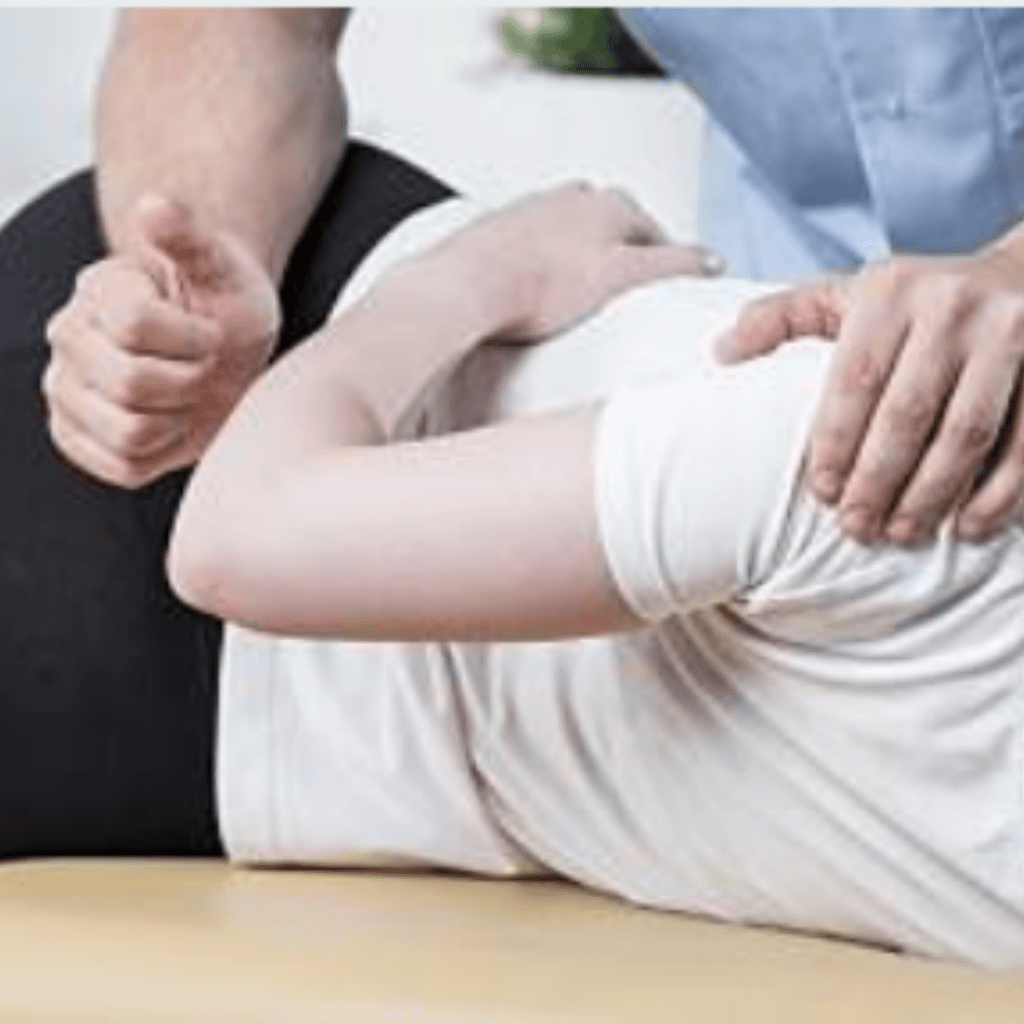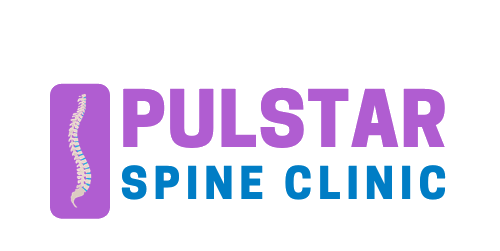
Coccydynia
Coccydynia is an inflammation of the coccyx or bony area located deeply between the buttocks and above the anus. The coccyx is also known as the tailbone. This inflammation is associated with tenderness and pain that is experienced at the tip of the tailbone between the buttocks. The pain that is caused by the coccyx can be worsened by sitting down.
Coccydynia Treatment Bangalore
Causes & Symptoms of Coccydynia
Causes of Coccydynia
There are various ways in which the coccyx can get damaged, although it is not possible to identify the cause in most cases.
The main causes of coccydynia include the following:
i. Injury
The inflammation of the coccyx may occur as a result of an injury or trauma IQ, this may occur seemingly spontaneously.
ii. Poor Posture
A lot of pressure can be put on your coccyx through awkward sitting position for a long period of time e.g. at work or while driving, depending on your daily activity. Such sitting positions may cause pain and discomfort that may get worse as long as you stay in such kind of position.
iii. Childbirth
The research shows that giving birth is the most common cause of coccydynia. This is because, towards the end of pregnancy, the coccyx always becomes more flexible hence allowing it and the part of the spine that is above it to bend in order to give way when one is giving birth.
Sometimes, the ligaments (stretchy tissue that connects bones) and the muscles around the coccyx may overstretch as a result of childbirth. This can result in coccydynia.
iv. Aging
The small discs of cartilage which is also known as a tough flexible tissue whose main function is to help in holding the coccyx in place can start wearing down as one grows older.
As these discs wear down, the bones that constitute the coccyx become more tightly fused together hence placing more stress on the coccyx, leading to pain.
v. Cancer
It is considered to be a less common cause of coccydynia. Mostly, it can be bone cancer or any other type of cancer from any part of the body and then spread into the bones. Such type of cancer is known as Metastatic Cancer.
vi. Infection
Though it is very rare, an infection can take place at the base of the spine or soft tissue around the coccyx and result in coccydynia.
An example of such infection which is most common is Pilonidal abscess- a painful collection of pus that usually develops in the cleft of the buttocks hence causing discomfort.
vii. Being overweight or Underweight
Excess pressure is placed on the coccyx of obese individuals when they are sitting down. This pressure can result in coccydynia or even worsen the existing coccydynia.
It is also possible for slim people to develop coccydynia. Slim people may not have enough fat on their buttocks to prevent the coccyx from rubbing against the tissues surrounding it.
For the above reasons, people are advised to use Body Mass Index (BMI) calculator to find out whether their weights are healthy for their heights.
There are also other causes of the tailbone pain that mimic coccydynia such as sciatica, shingles of the buttocks, pilonidal cytes, tailbone fracture and sacroiliitis.
Choosing Our Clinic, Choose The Best Care For You
Signs and Symptoms of Coccydynia
Coccydynia is usually accompanied by more specific symptoms that can help in indicating how pain is occurring. One or a combination of two or more signs and symptoms can signal the presence of symptoms as listed below:
• Localized pain and tenderness
• Pain that may increase with a bowel movement or sexual intercourse
• Pain that is worse when moving from sitting to standing
• Increased pain with sitting
Request a Callback
Choosing Our Clinic, Choose The Best Care For You
Treatment options of Coccydynia
Though there are a number of treatments that aim to reduce pain caused by coccydynia, it is recommended to try simple measures at home before seeking medical attention.
The following are some of the treatment options for coccydynia:
• Surgery– only recommended when all other treatments have failed.
• Physiotherapy– it is the best option if your pain has not improved after a few weeks
• Injection-injecting medication into your lower back if you don’t respond to painkillers
• Steroid injections i.e. injections of corticosteroids into the area around the tailbone with the aim of reducing the inflammation and pain. Corticosteroids are sometimes combined with the local anesthetic to make them more effective.
• Nerve blocks– This involves injecting a local anesthetic into the nerve nerves that supply the coccyx in order to reduce the pain signals from such nerves.
Treating Coccydynia
We, at Pulstar Spine Clinic, have treated hundreds of patients suffering from coccydynia using chiropractic ways. Our spine specialists are well experienced to accurately assess your condition and with our non-invasive approaches, bringing a complete relief is our mission.
Use the below form to contact us for an appointment at our clinic in Bangalore.

